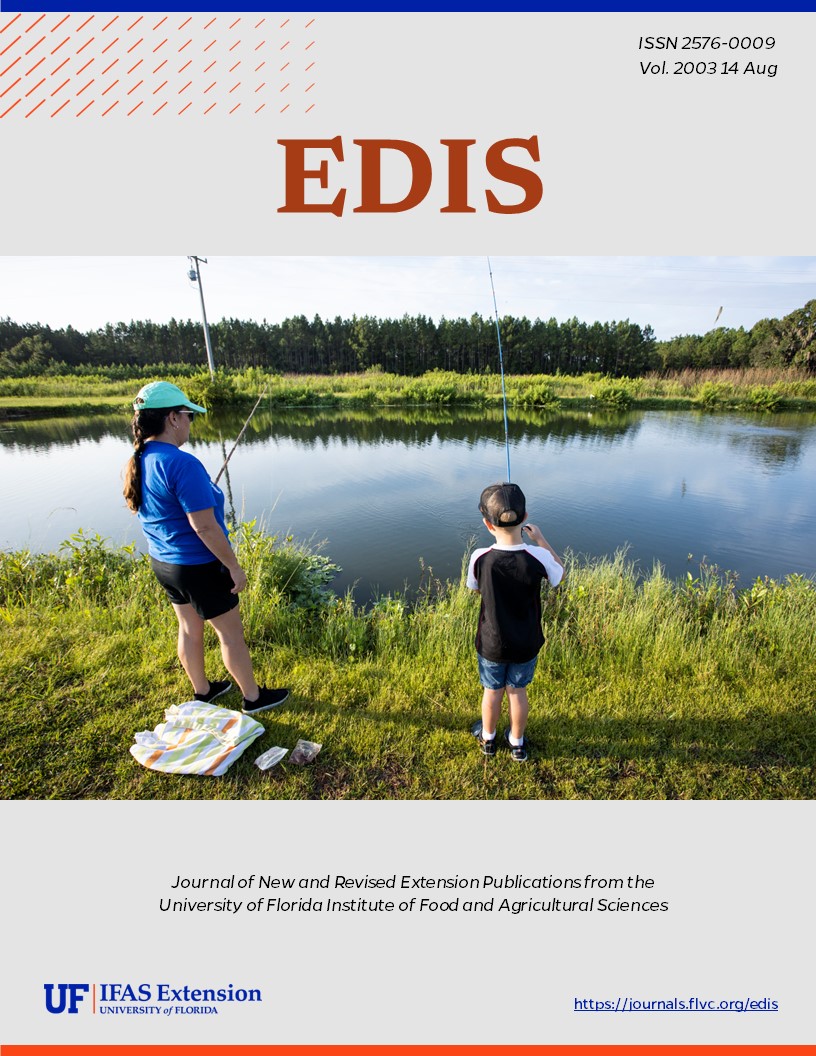Abstract
The objective of this article is to define two commonly used evapotranspiration (ET) concepts: potential evapotranspiration (ETp) and reference evapotranspiration (ETo); and to provide insight on the differences between the two terms. A common understanding of these widely used concepts in agricultural communities will help to make communication easier between farmers/growers, extension agents, and researchers in the academic environment. This document is ABE 343, one of a series of the Agricultural and Biological Engineering Department, Florida Cooperative Extension Service, Institute of Food and Agricultural Sciences, University of Florida. Original publication date: June 2003.
ABE 343/AE256: Evapotranspiration: Potential or Reference? (ufl.edu)
References
Penman, H.L. 1948. Natural evaporation from open water, bare soil and grass. Proceedings of the Royal Society of London, A193: 120-146. https://doi.org/10.1098/rspa.1948.0037
Allen, R.G., Pereiro, L.S., Raes, D. and Smith, M. 1998. Crop evapotranspirtion: Guidelines for computing crop requirements. Irrigation and Drainage paper No. 56. FAO, Rome.
Unless otherwise specified, articles published in the EDIS journal after January 1, 2024 are licensed under a Creative Commons Attribution-NonCommercial-NoDerivs 4.0 International (CC BY-NC-ND 4.0) license.

